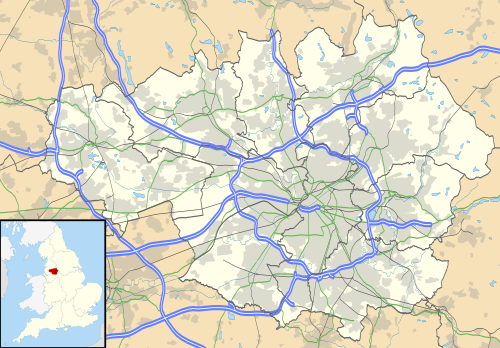 The Article of the day for July 12, 2018 is Buckton Castle.
The Article of the day for July 12, 2018 is Buckton Castle.Buckton Castle was a medieval enclosure castle and one of the earliest stone castles in North West England, near present-day Carrbrook in Stalybridge, Greater Manchester. It was surrounded by a 2.8-metre-wide (9 ft) stone curtain wall (excavation pictured) and a ditch 10 metres (33 ft) wide by 6 metres (20 ft) deep. It was probably built and demolished in the 12th century, but may never have been completed, and survives only as buried remains, overgrown with heather and peat. In the 16th century, the site may have been used as a beacon for the Pilgrimage of Grace. During the 18th century, the ruins were of interest to treasure hunters following rumours that gold and silver had been discovered at Buckton. The site was used as an anti-aircraft decoy during the Second World War. Between 1996 and 2010 the ruins were investigated by archaeologists and community archaeology volunteers as part of the Tameside Archaeology Survey. The site has been designated as a Scheduled Ancient Monument since 1924.